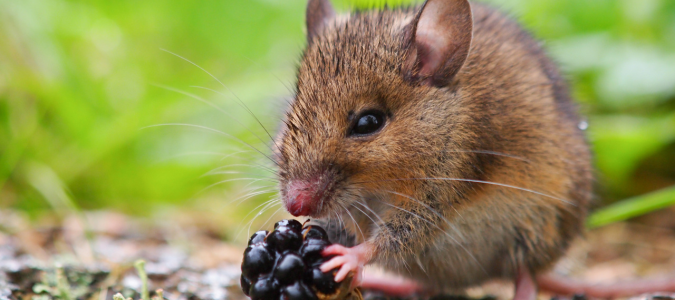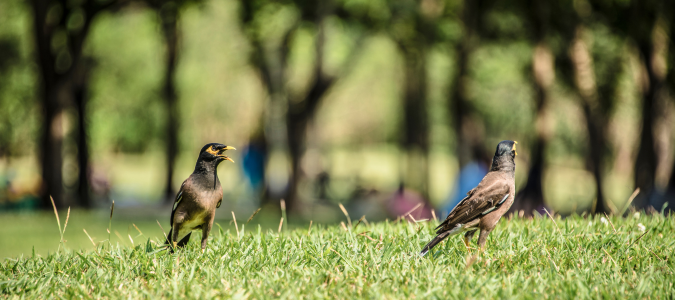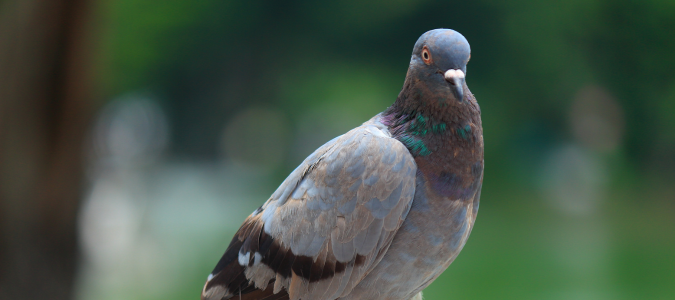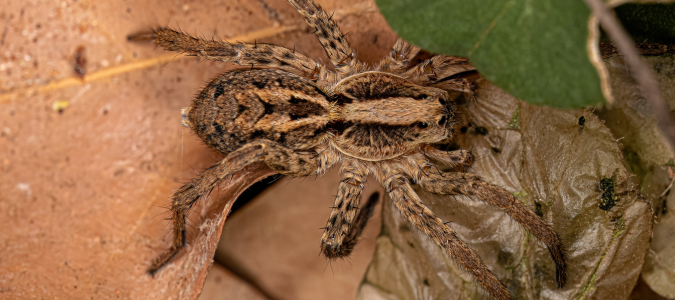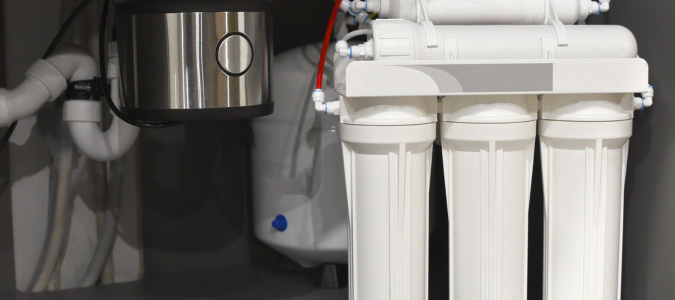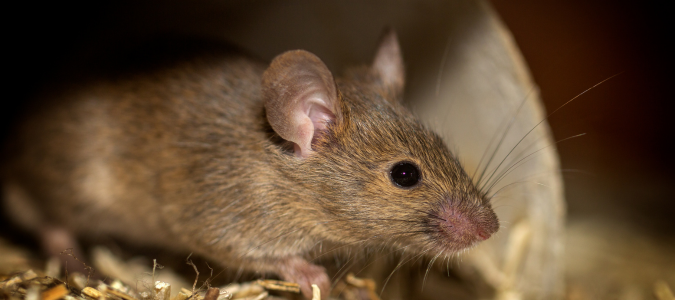Understanding Different Types of Ants and How to Control Them

Ants are one of the most prevalent household pests, known for their persistence and ability to infiltrate homes and businesses in search of food and shelter. Understanding the different types of ants and how to control them is essential for maintaining a pest-free environment. This comprehensive guide will provide detailed information about various ant species, their behaviors, and effective strategies for managing and preventing infestations.
Different ant species have unique characteristics and nesting habits, making it important to identify the type of ant infestation you are dealing with. For instance, carpenter ants are notorious for damaging wooden structures as they build their ant nests, while other ant species might be in search of food. Recognizing the signs of an ant infestation early on can help in implementing the right ant control measures.
To effectively kill ants and get rid of them from your home or business, it’s crucial to locate their nests. … Read Full Post »
